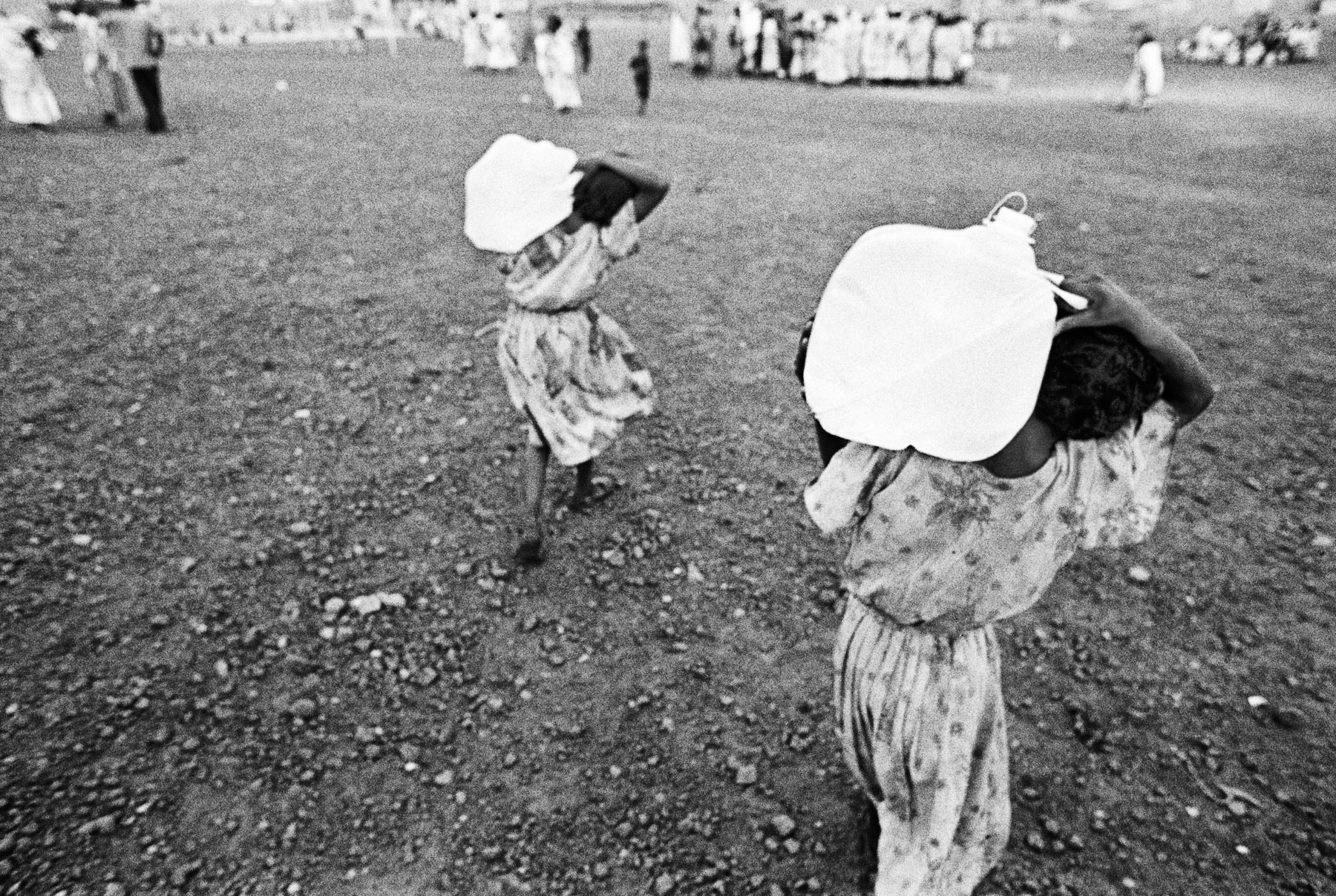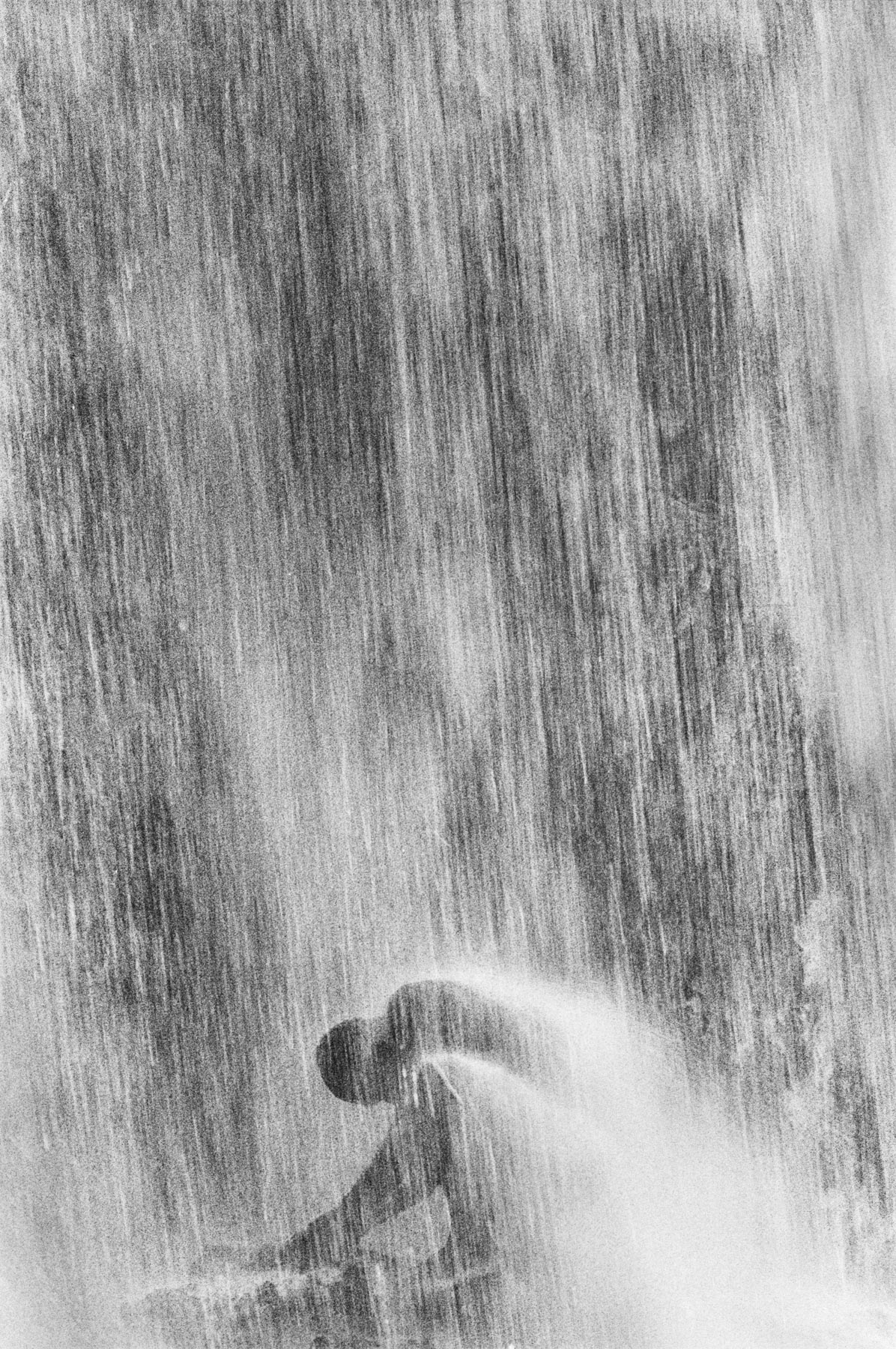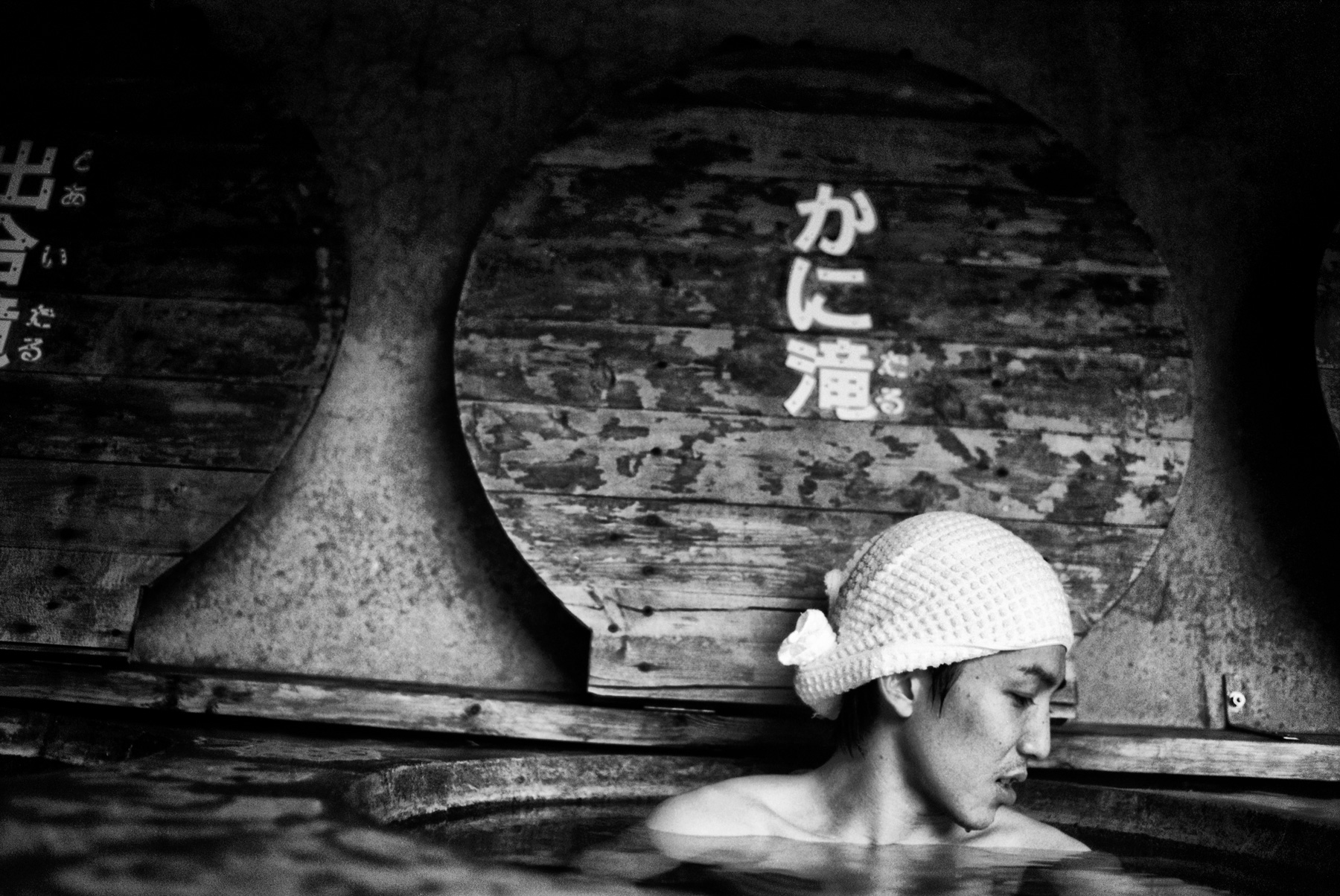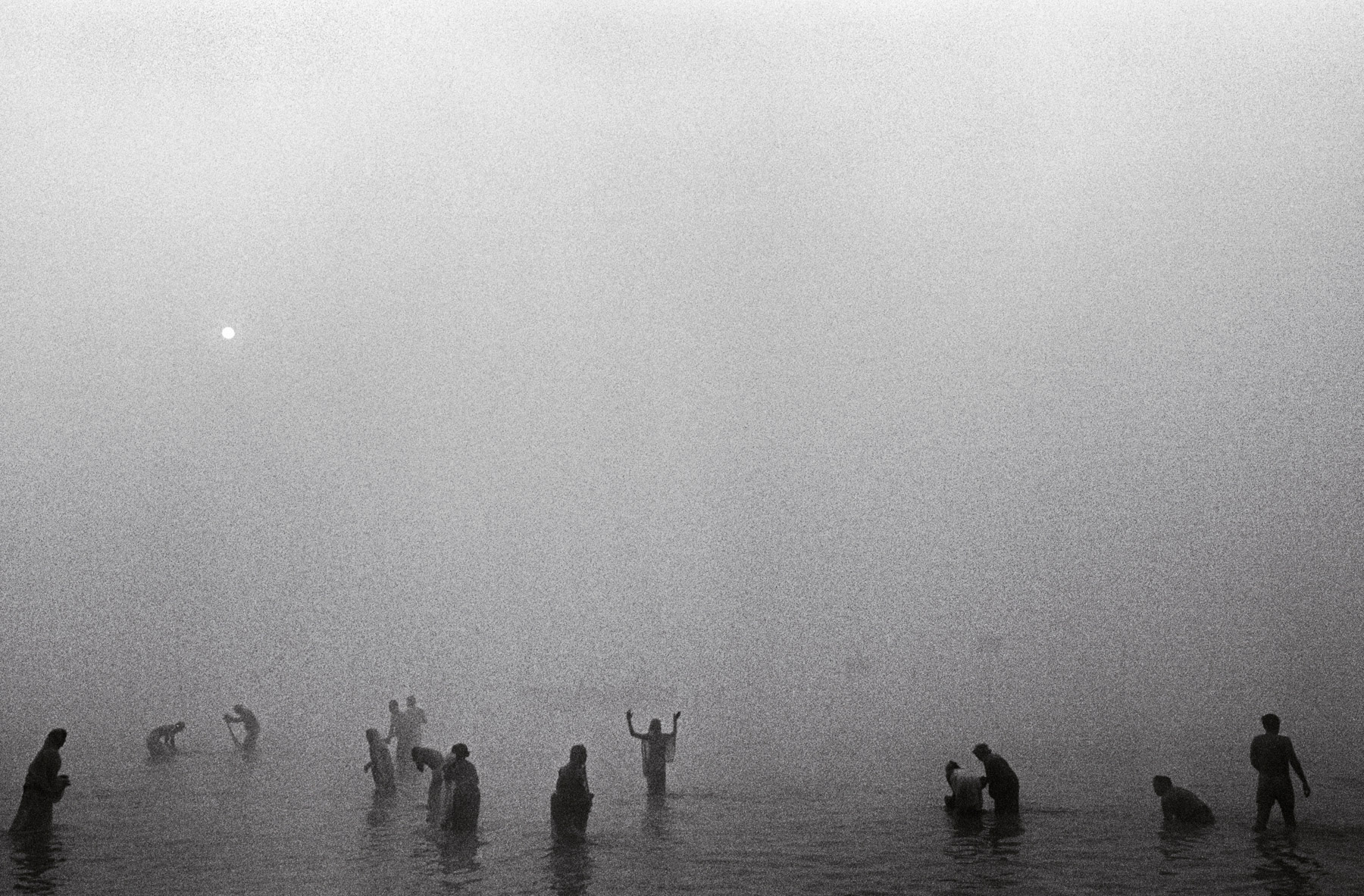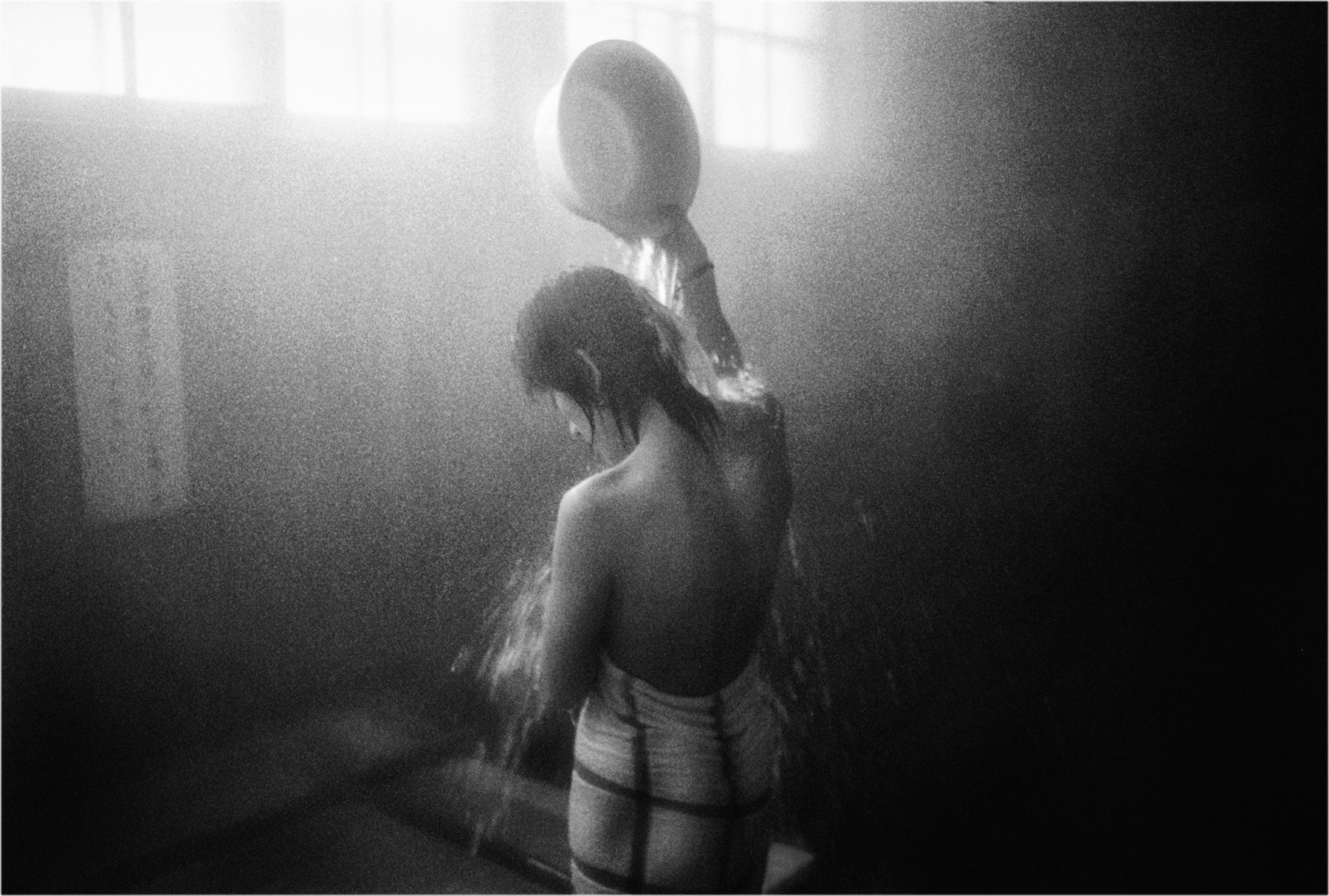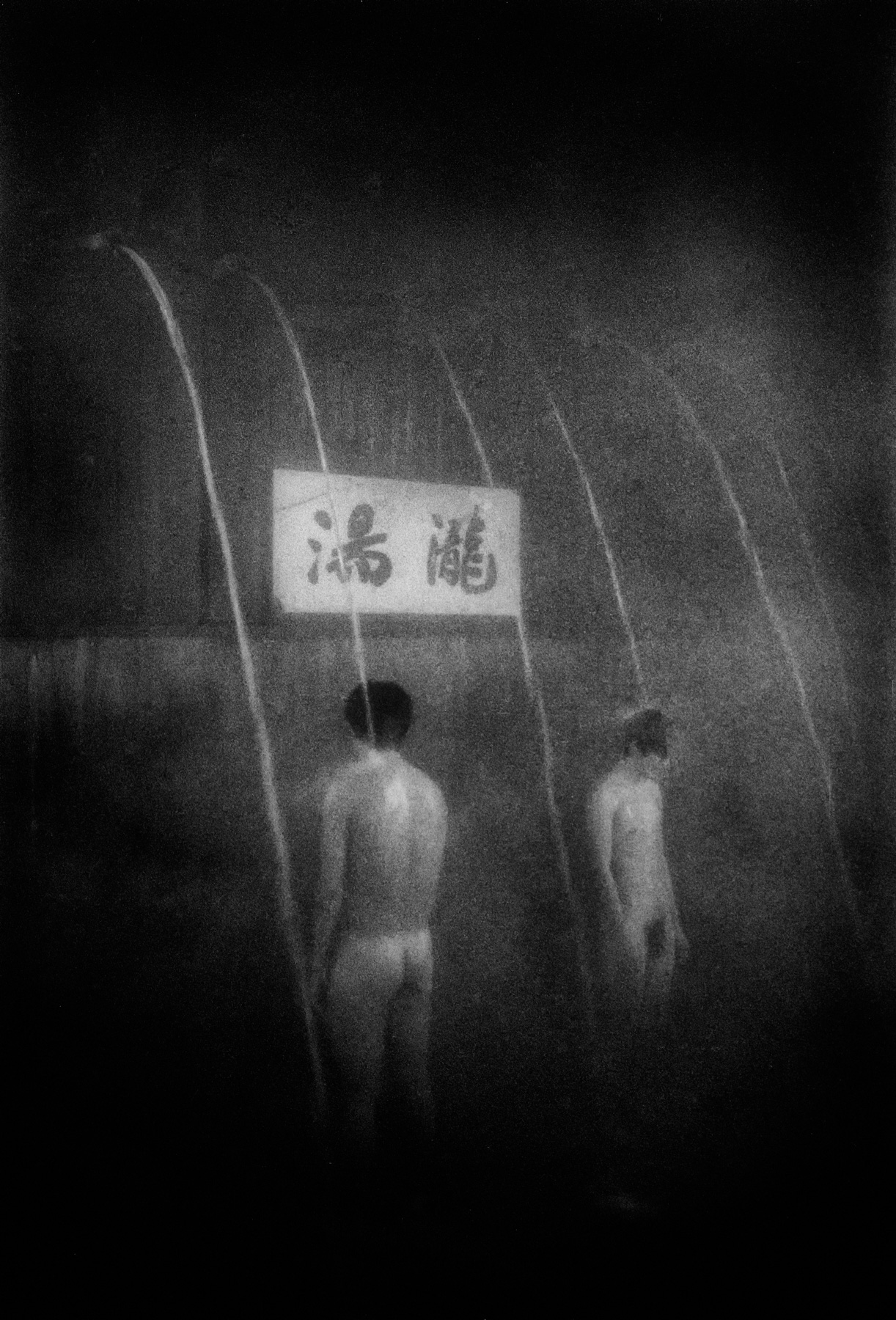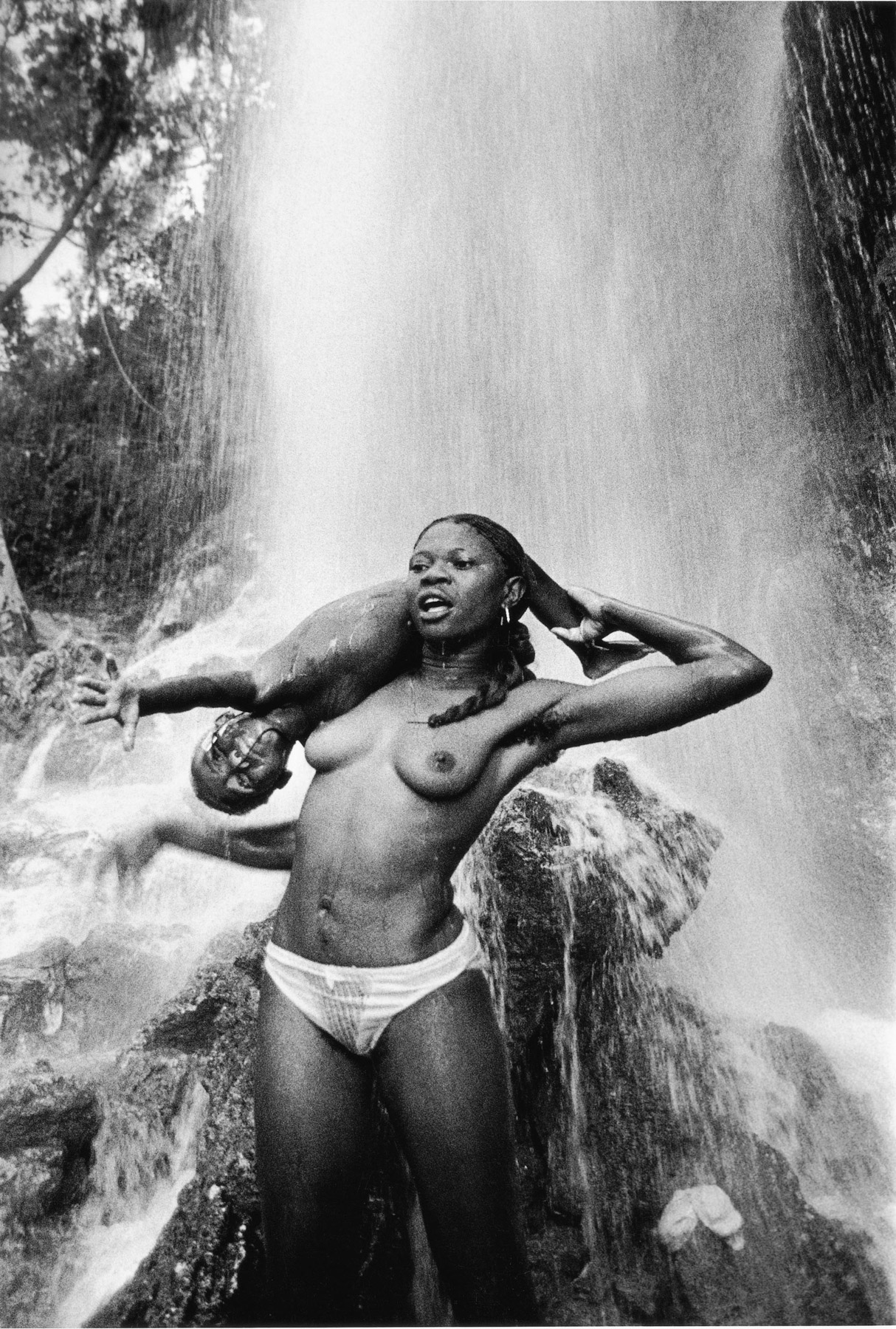‘Water has no taste, no color, no odor; it cannot be defined, art relished while ever mysterious. Not necessary to life, but rather life itself. It fills us with a gratification that exceeds the delight of the senses.’
– Antoine de Saint-Exupery, 1900-1944, Wind, Sand and Stars, 1939.
At Water’s Edge,– spanning 11 years and 14 countries – provides a global look at how water flows through the spiritual and physical daily lives of people around the world. The photographs poignantly illustrate the unfolding drama of the global water crisis and how it is affecting those caught up in it: a billion people without access to clean water, another four billion without an adequate supply. Against this dire backdrop, the work also celebrates the quiet, yet essential connection with nature that water offers us.
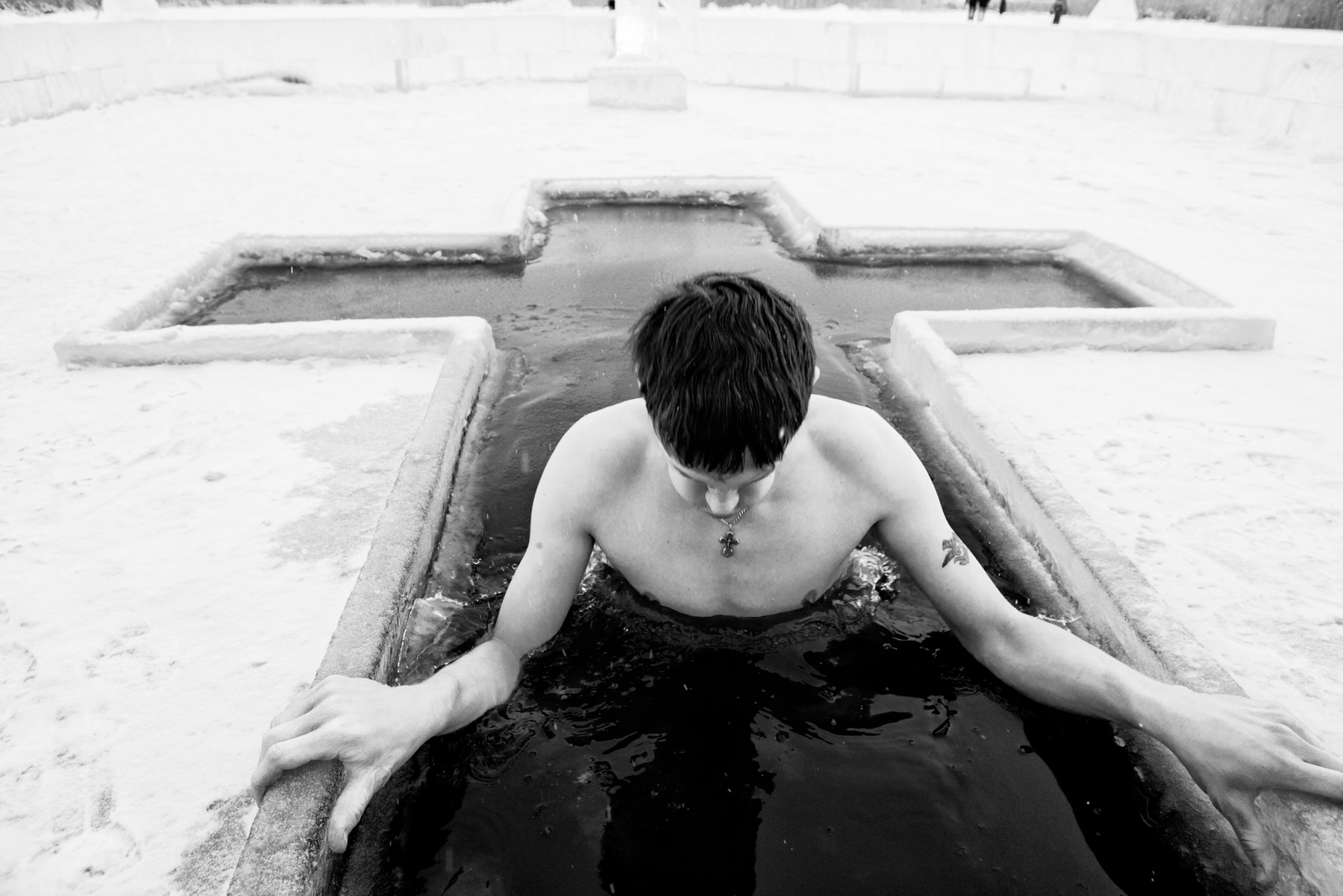
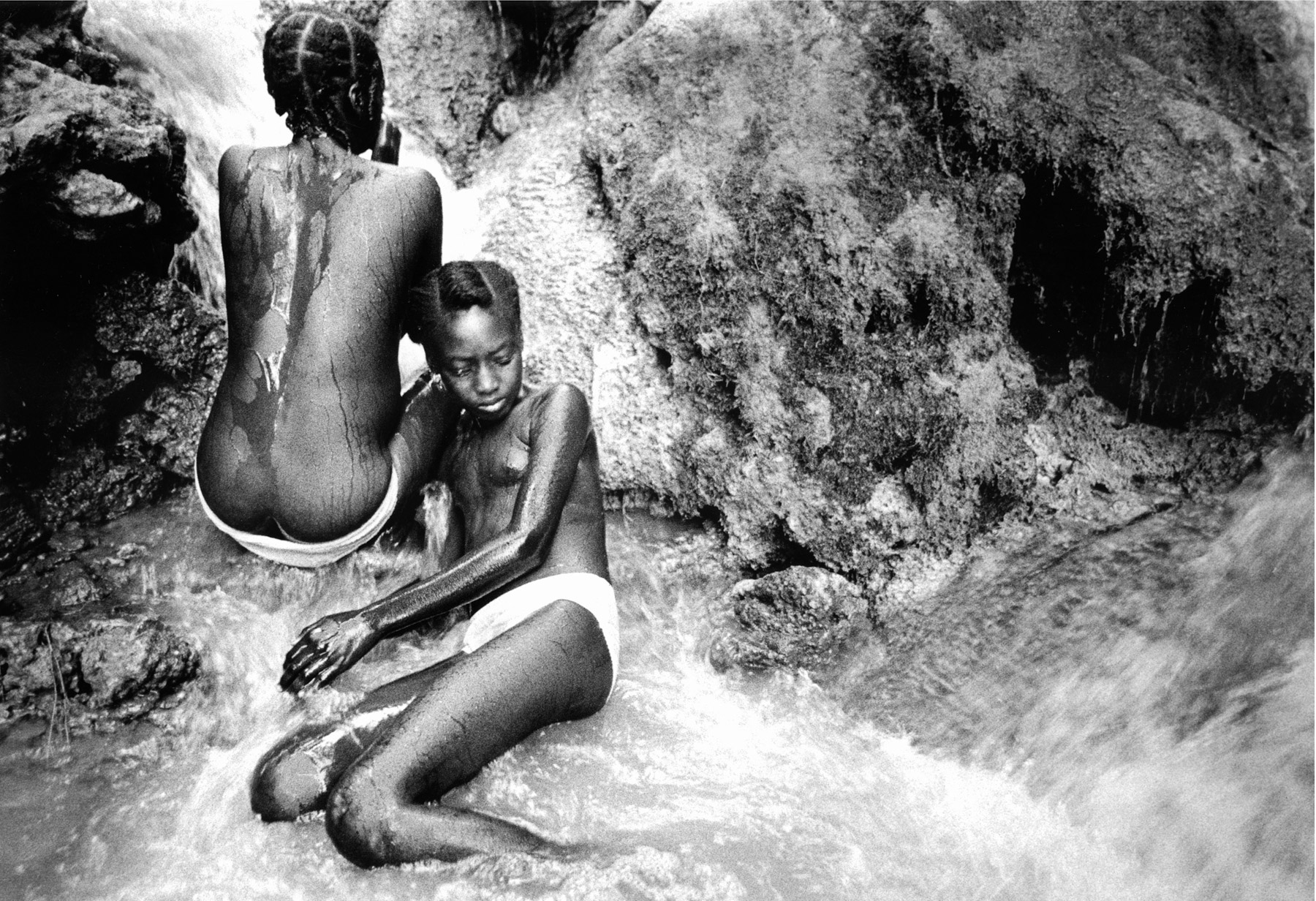
At Water’s Edge begins in the year 2000, during the Eritrean/Ethiopian war, when a lack of water drastically affected those attempting to flee the conflict. The world- wide scarcity of clean water has also evolved into a devastating drama still seen in many Third World cities, particularly in Mumbai, where even the city’s poorest citizens are forced to pay exorbitant amounts for clean water. Blackmore also explores the strange scenario that occurs when seas die. In Kazakhstan, Blackmore discovered that the Aral Sea, a once glistening body of water, had lost two-thirds of its volume after source waters had been diverted for cotton irrigation during the Soviet era. Blackmore recorded a desolate, surreal image of a lone, rusting fishing boat stranded on the dry seabed, symbolizing the Aral Sea’s now devastated fishing industry.
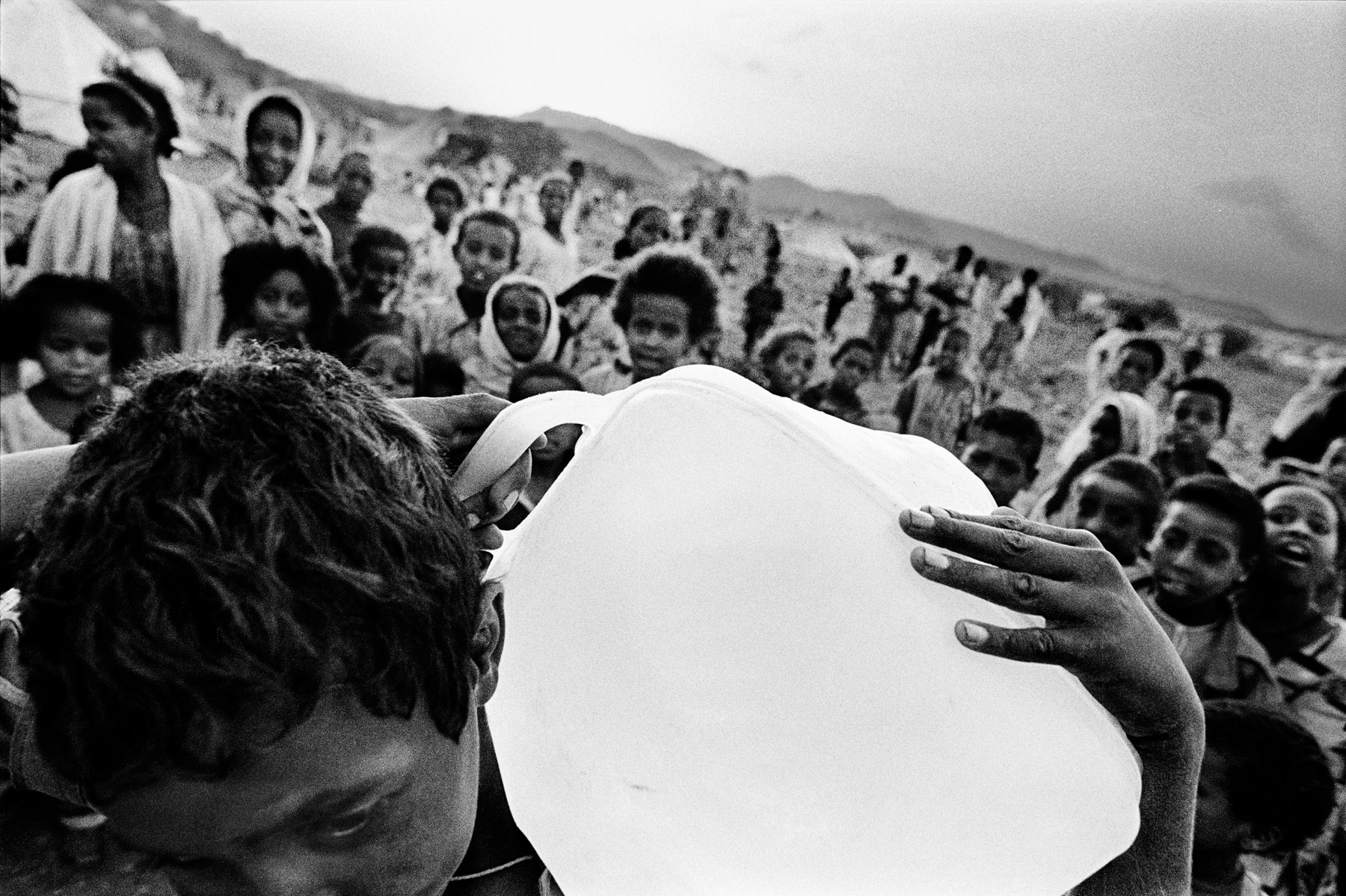
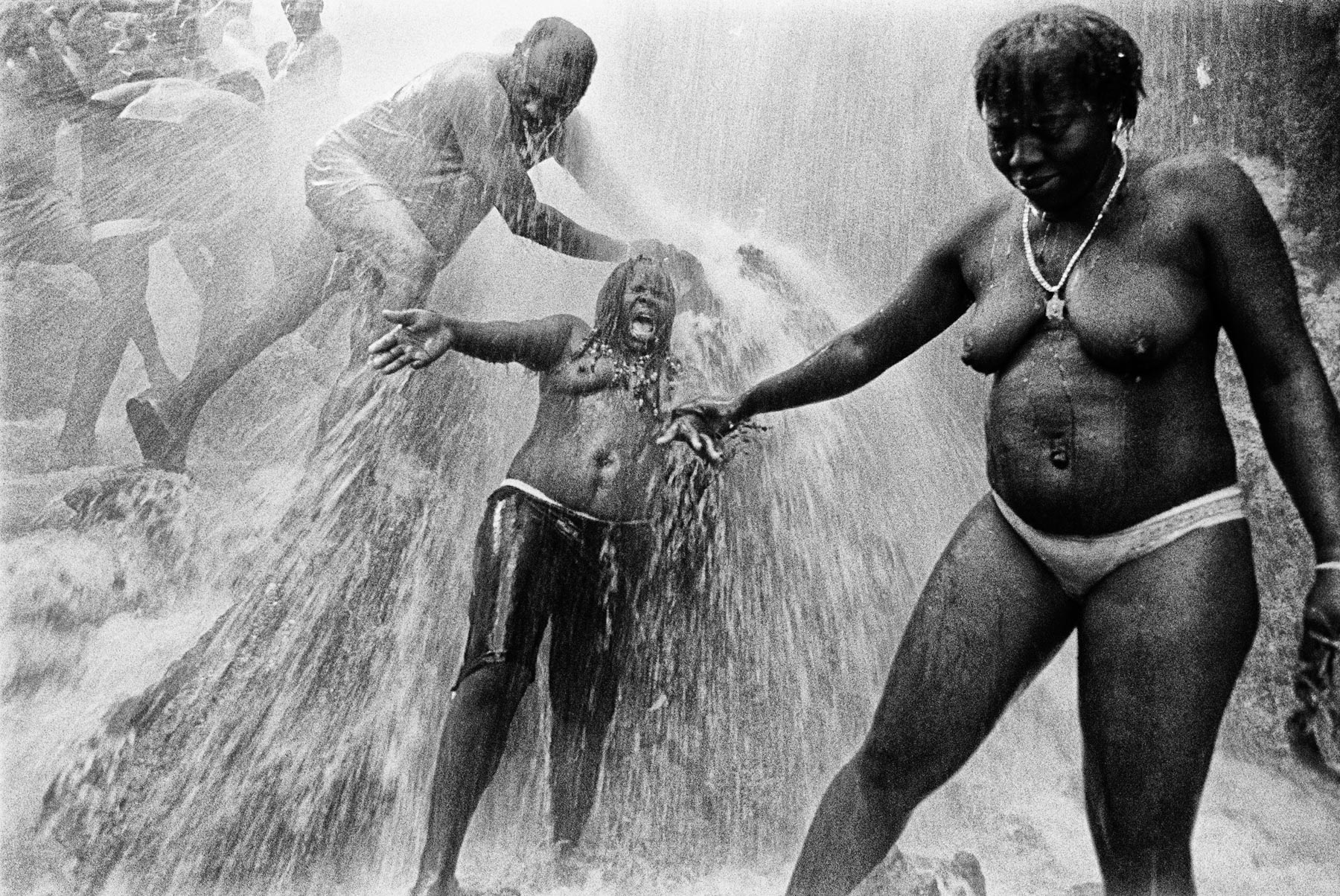
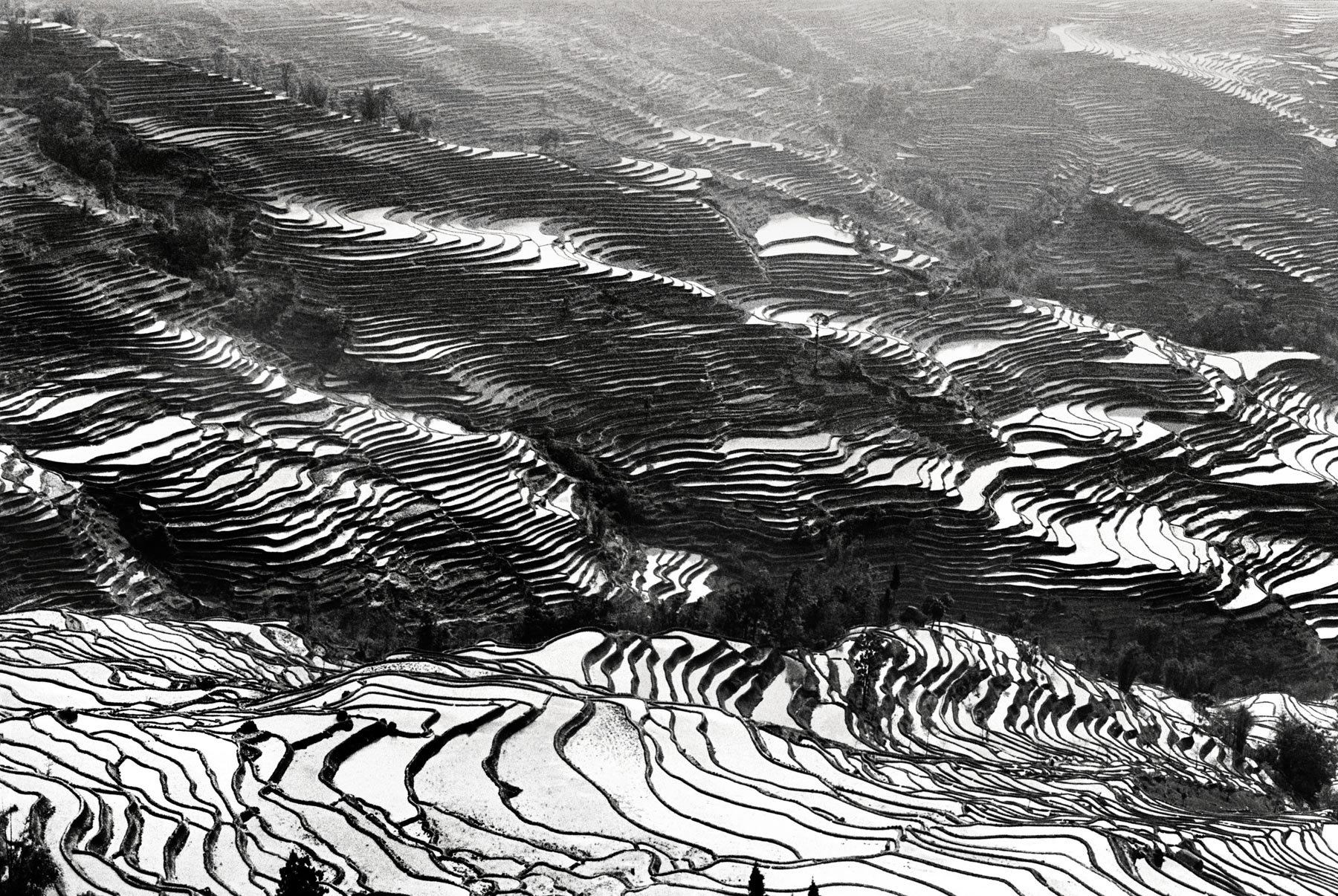
In Blackmore’s At Water’s Edge humanity’s reliance on water runs deeper than the physical. The work also explores the spiritual significance of water in religion; from the Voodoo Saut d’Eau waterfall cleansing ritual in Haiti to the Jewish Mayim Shelanu water-collecting ceremony in Jerusalem; from the Muslim Wudu prayer cleansing ritual in Bangladesh to the icy waters of the Christian Orthodox Festival of the Epiphany in Russia. Blackmore reveals the universality in the world’s most diverse religions: the power of water to atone the human spirit. In At Water’s Edge Blackmore has again sought the truth in the lives of others; revealing the beauty of the intimate and often vulnerable relationship individuals have with water, whilst simultaneously exploring the global situation of water scarcity.

